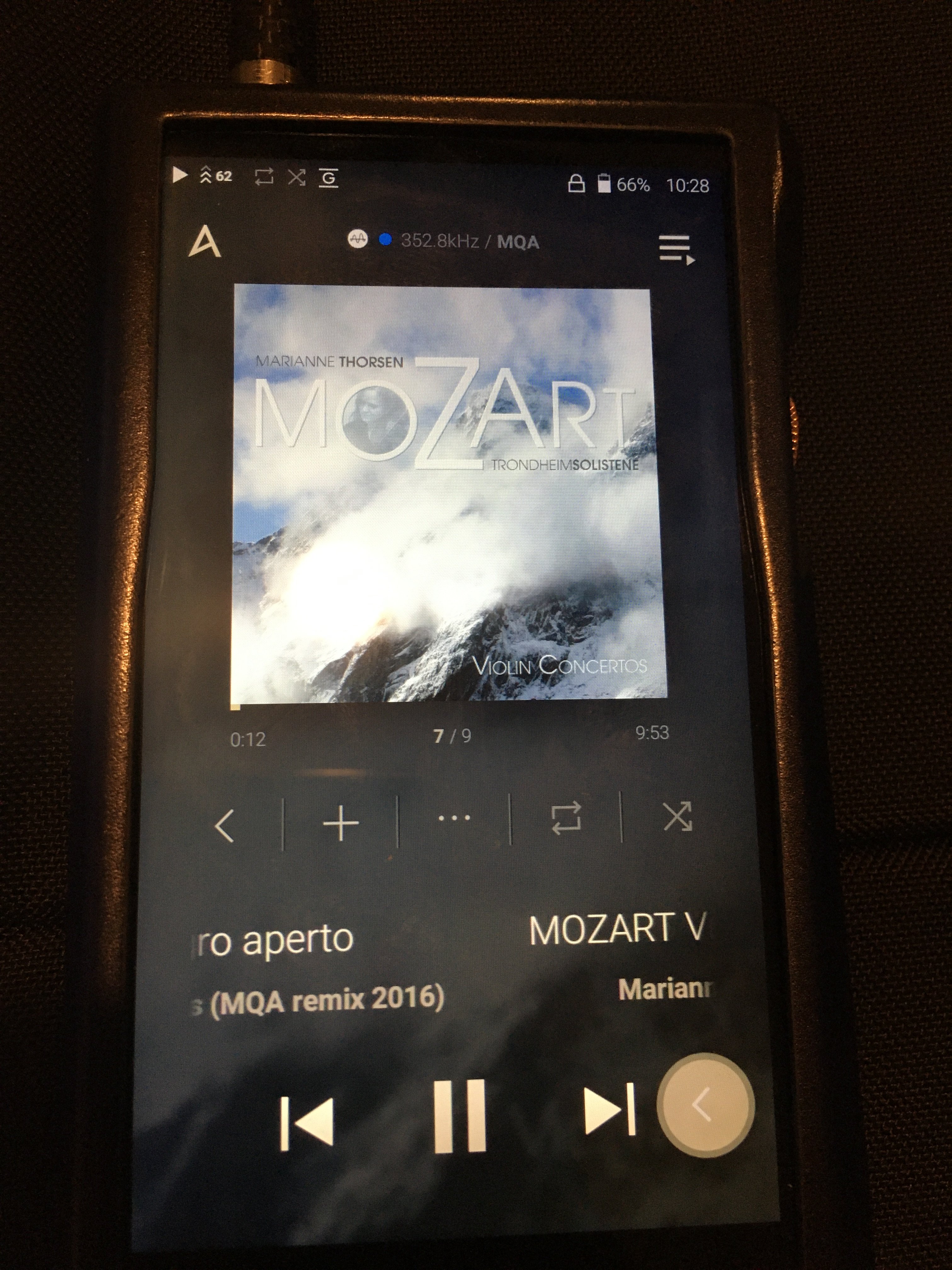DSD is not audio madness, there are real audio benefits to DSD, which apparently you have not investigated. Perhaps you might like to investigate such before making such inaccurate statements, this is OT here (accept for the fact that the D-90 allows for Direct DSD mode, which IME with the D-90 allows for its best possible sound quality).
There are downsides to DSD as well of course (no free lunch applies here), such as the inability to edit it in its native state.
There often appear to be a lot of blanket statements made at these forums which do not apply actual science-I would love to see an actual scientific discussion of DSD recording (A/D) and playback (D/A), without prejudice, on these forums.
BTW, also note that the best measuring D/A converter Amir has tested (Mola Mola Tambaqui) uses a single bit DSD converter in its final stage-there is good reason for this, and for the excellent measurements.
I said as a FORMAT. For storage or distribution, implied. As an intermediate stage for reproduction, it is a different matter – there are advantages to delta-sigma modulations even though the problem of settling time is in pure 1-bit DSD unsolvable (I have been literally torn to pieces by the wolves here – yes, I know that advanced modulation techniques can reduce large settling time to corners cases, I know that multi bit sigma-delta can reduce this to a set of measure almost zero, but mathematically the problem is still there with 1-bit DSD – the fact that they have designed DACs that made it into substantially a non-problem does not change that). In fact, at the moment, delta-sigma gives the best results in distortion and noise. And exceptionally good sound. But we do not really need to use DSD as a medium. Probably it is excellent for recording, but then the usefulness stops until the last step of reproduction – where it may in fact be replaced by "multi-bit sigma-delta" which is just a marketing name for "low resolution, ultra-high sampling rate PCM" – as in the Tambaqui, BTW. If you have to edit, 1 bit DSD is useless, unless you just mean splice and cut.
So it is a device to make good recordings and good reproduction chains. But as a format, it is a waste of disk space. In my opinion, of course.

